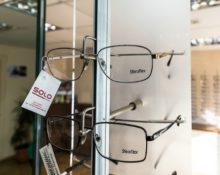There are many types of lenses for glasses designed for vision correction and eye protection from harmful radiation. To choose the most suitable option, you need to study the characteristics of all types and consult with a specialist.
Glass are considered to be of higher quality and more durable, plastic – cheaper and easier, polycarbonate hard to deform. In addition, there are glasses for vision, protection from ultraviolet radiation, water, aggressive external influences. And more specific types include glass with varying degrees of refraction, coated.
Types of lenses by material
Some people need cheaper glasses, while others do not want to save on their vision. Costs consider the pros and cons of each option.
Plastic
Most in demand in the manufacture of optics. It can be coated with a special protective coating to enhance strength and immunity to mechanical stress.
These lenses are easy to match to your frame. Compared to glass, they are less dangerous when deformed.
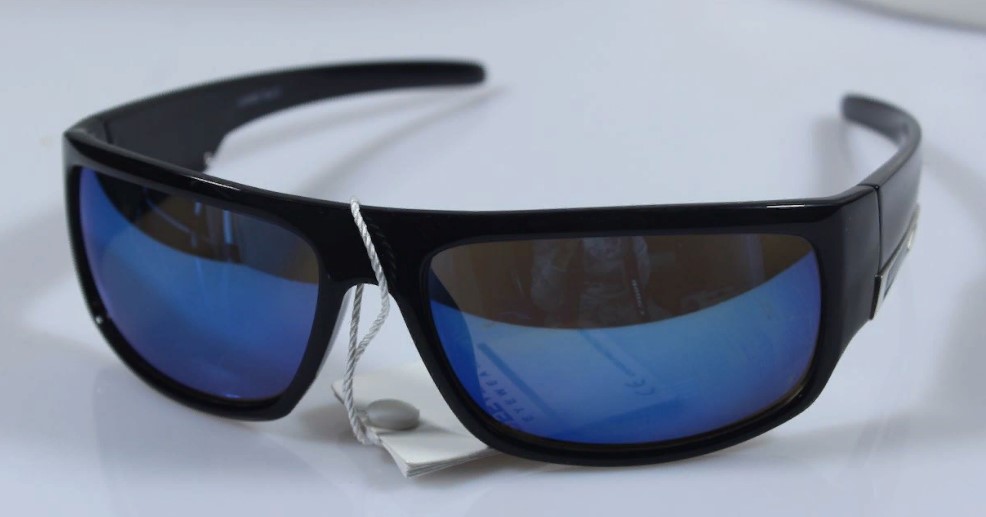
Glass
The second most popular material. Products made from it are often purchased adherents of old traditions. The lenses are reasonably priced. Besides this, they durable And resistant to mechanical damage of a minor nature.
To the main disadvantages applies heavy weight (compared to polymer ones) and possibility of damage to the face and eyes when splitting.
Reference. Lenses of this type are made mainly from special grades of mineral glass, which is characterized by a high level of ray transmittance.
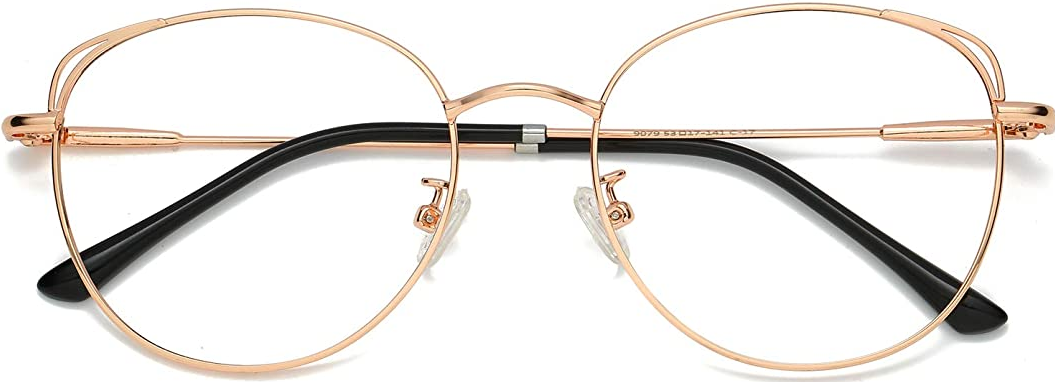
@amazon.com
Polycarbonate
Products made from it have lighter weight, but at the same time much stronger than analogues made of polymer and glass. Under mechanical influence they do not break, but are only slightly deformed. Due to the high refractive index it is possible make lenses thinner.
The disadvantages include low optical properties that do not allow expanding the astigmatic range. In addition, lenses made of this material are quite difficult to paint, and production costs a lot expensive glass and plastic options.
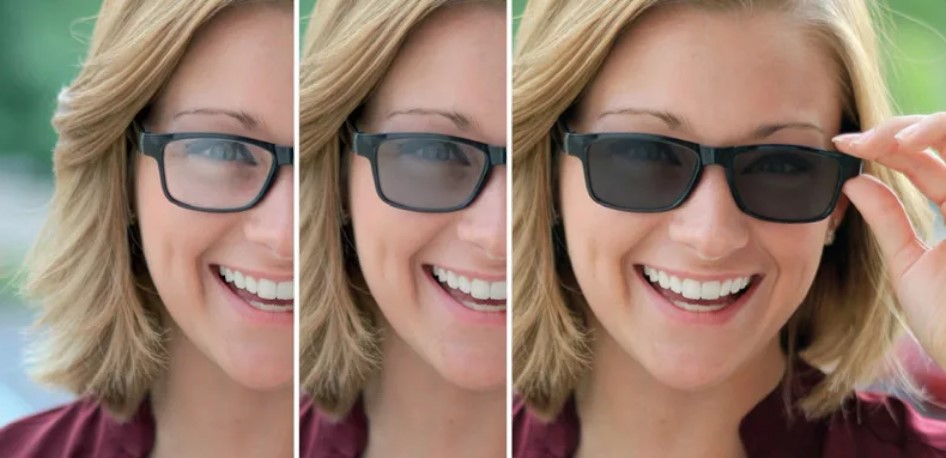
Types of lenses by design
The more original the design of the glasses, the higher their cost will be. Depending on the appearance of the lenses, there are:
- Spherical. The most common option. Products have one focus for a certain distance and the same radius of curvature over the entire surface. When correcting myopia, biconcave lenses are used, and when correcting farsightedness, biconvex lenses are used.. The downside is their lack of aesthetic appeal.
- Aspherical. They have a complex surface geometry and different radii of curvature.Glass additionally increases the transmission of light rays and provides excellent image clarity. One or both surfaces are non-spherical.
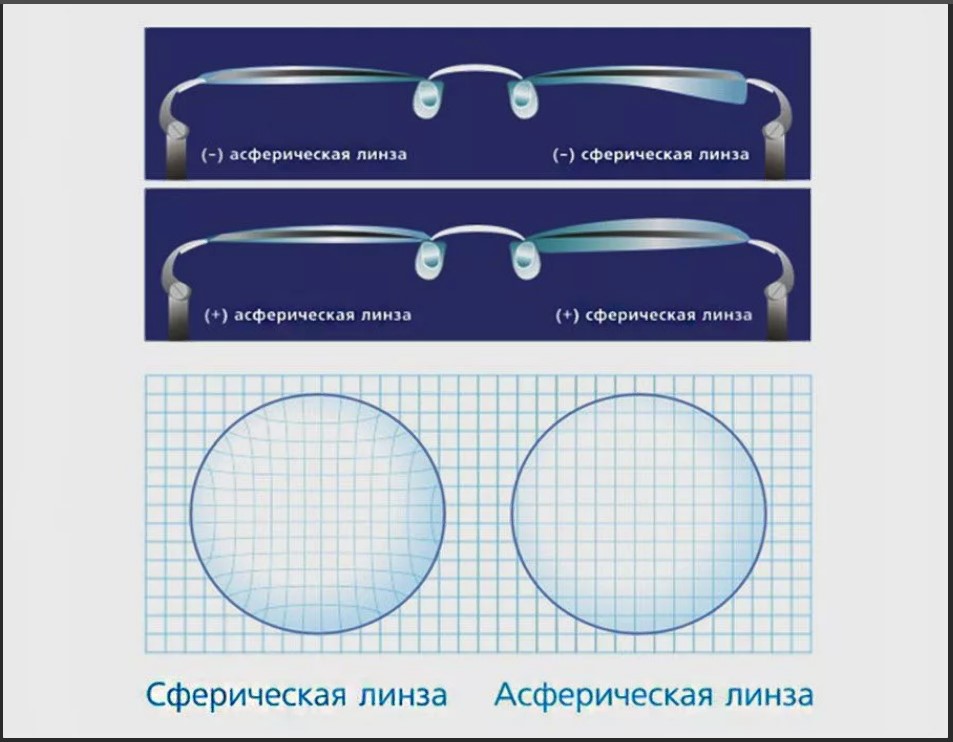
Progressive and office lenses
Progressive are classified as multifocal. Provided for vision correction at different distances. Act as a full-fledged replacementsA pointsov for given.
Office ones are considered a simplified version of progressive. They increase the quality of visibility of objects at close and medium distances. This is an excellent option for studying documents, long reading, drawing, working on a computer and other similar activities.

When comparing these two types identify the advantages of one of them is impossible. Each option is intended for use in certain conditions.
Important! You cannot drive a vehicle while wearing glasses with office lenses, and in models with progressive lenses, objects in the periphery are less visible.

Types of lenses by refractive index (index)
This characteristic affects the thickness of the product. The values are inversely proportional. The lower the refractive power, the greater will thickness.
Based on the degree of refraction, optics are divided into the following types:
- ultra-high index - over 1.70;
- high-index — from 1.60 to 1.70;
- index average - from 1.54 to 1.64;
- standard - from 1.49 to 1.54.
Important! Focusing on the refractive index, it is necessary to additionally take into account the individual indicators and material of the glasses frame.

@essilor.com.ph
Types of lenses by light transmission
This indicator means degree of transmission of light rays through the thickness of glass. They are divided into the following types:
- transparent (the most popular option, not subject to staining);
- photochromic (change color depending on the lighting level);
- polarizing (increase the clarity of image perception and help avoid blinding glare);
- tinted (have one or several shades, sometimes tinting is done in the form of a gradient).

@misterspex.co.uk
By purpose
Depending on the scope of application, lenses are:
- sun protection - protect the eyes from the harmful effects of ultraviolet radiation and increase image contrast;
- computer — used to increase the clarity of the picture, neutralize the effects of electromagnetic waves and reduce the load during long-term work at the computer;
- sports — provide image clarity and protection from glare, and are characterized by increased durability;
- tinting colors - green, brown and gray (colors are chosen to ensure comfortable light transmission).

By type of coverage
A variety of lens coating options allow you to increase their strength and reduce the likelihood of scratches:
- anti-glare — effectively eliminates ghosting and glare, improves image quality;
- antistatic — eliminates static electricity and makes it easier to clean lenses from dust;
- hydrophobic — in rainy and snowy weather, drops do not linger on the glasses;
- metallized — neutralizes the effects of electromagnetic radiation;
- protective — protects from scratches and extends service life.
Reference. All modern lenses have multi-coating. When purchasing optics with an anti-reflective surface, you can be sure that the lenses will also be hardened.
Models of glasses with replaceable lenses are very convenient. Products of different colors will help its owner adapt to the surrounding conditions and see perfectly in any weather, in light and dark.
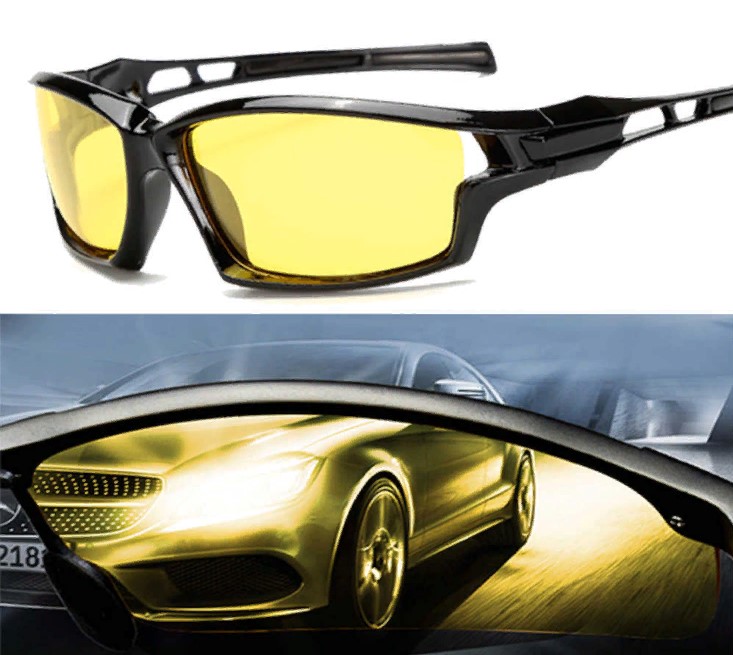
Decoding a prescription for glasses
The form contains a variety of abbreviations in Latin. They mean the following:
- OD—patient's right eye.
- OS - left.
- OU - two eyes (used when the same adjustments are required on both eyes at once).
- Sph - optical power, measured in diopters. This is the main indicator for correcting myopia or farsightedness.
- Cyl is the degree of optical enhancement of a special lens for treating astigmatism.
- Ax is the axis of the cylindrical tilt in which the cylindrical glass must be installed (an integral part of the recipe for cylindrical glasses, helps correct the refraction of light pulses in certain meridians).
- Add - the difference between the near and far zones inAnddenia, measured in dioptres.
- Dp is the distance between the patient’s pupils in millimeters.
- Prism - lens designation prismatic forms. Used primarily for correction-oriented optics strabismus.
Example:

Reference. The recipe is always done first on the right eye, then on the left.


 0
0

